Name Mary Rogers | ||
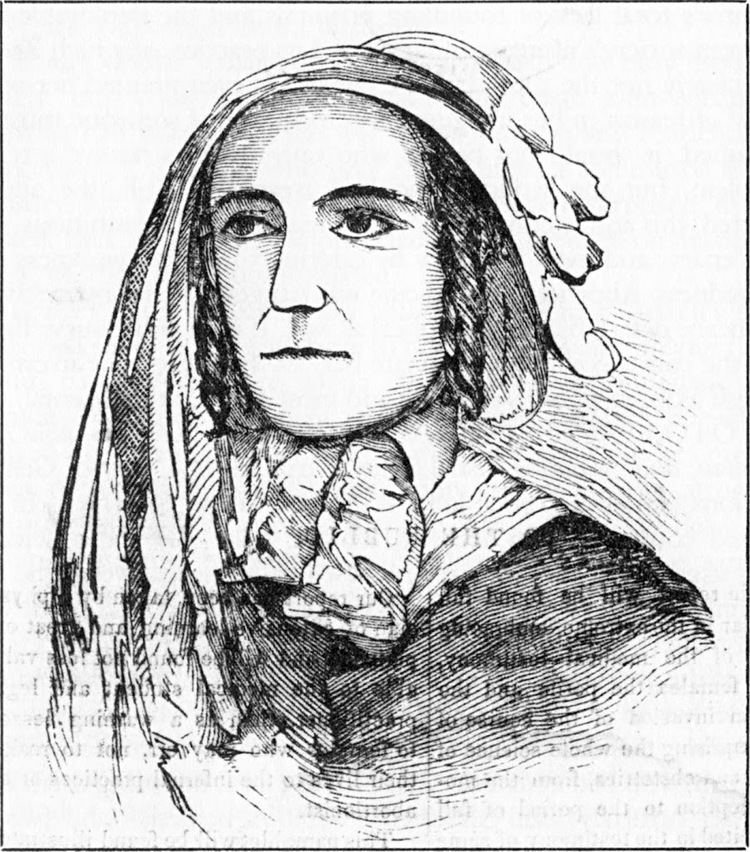 | ||
People also search for Daniel Stashower, Edgar Allan Poe, Todd Nielsen, Nancy Nielsen | ||
Mystery and history the death of mary rogers
Mary Cecilia Rogers (born c. 1820 – found dead July 28, 1841) was an American murder victim whose story became a national sensation.
Contents
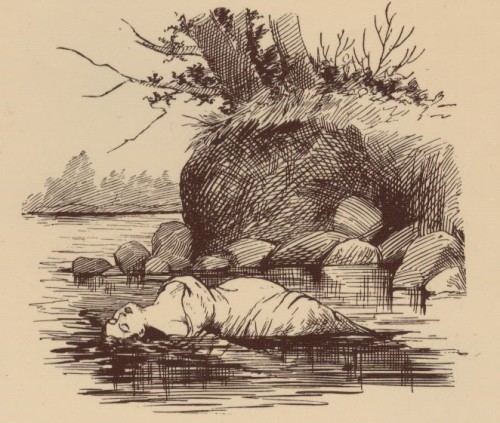
Rogers was a noted beauty who worked in a New York tobacco store, which attracted the custom of many distinguished men, clearly on her account. When her body was found in the Hudson River, she was assumed to have been the victim of gang violence. But one witness swore that she was dumped after a failed abortion attempt, while her boyfriend’s suicide-note suggested possible involvement on his part. Rogers’ death remains unexplained. She inspired Edgar Allan Poe's pioneering detective story "The Mystery of Marie Rogêt".

Early life
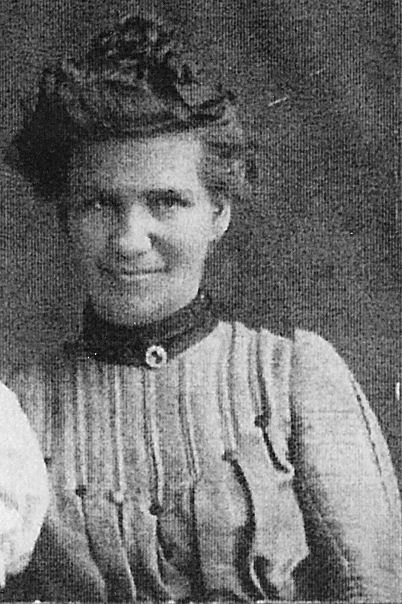
Mary Rogers was probably born in 1820 in Lyme, Connecticut, though her birth records have not survived. Mary Rogers was a beautiful woman who grew up as the only child of her widowed mother. At the age of twenty, Mary lived in the boarding house that was run by her mother, although it was her amazing beauty that made her the talk of the neighborhood. Her father died in a steamboat explosion when she was 17 years old and she took a job as a clerk in a tobacco shop owned by John Anderson in New York City. Anderson paid her a generous wage in part because her physical attractiveness brought in many customers. One customer wrote that he spent an entire afternoon at the store only to exchange "teasing glances" with her. Another admirer published a poem in the New York Herald referring to her heaven-like smile and her star-like eyes. Some of her customers included notable literary figures James Fenimore Cooper, Washington Irving, and Fitz-Greene Halleck.
First disappearance
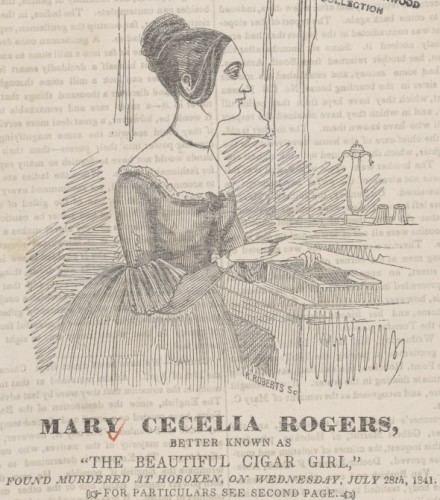
On October 5, 1838, the newspaper New York Sun reported that "Miss Mary Cecilia Rogers" had disappeared from her home. Her mother Phoebe said she found a suicide note which the local coroner analyzed and said revealed a "fixed and unalterable determination to destroy herself". The next day, however, the Times and Commercial Intelligence reported that the disappearance was a hoax and that Rogers only went to visit a friend in Brooklyn. The Sun had previously published a story known as the Great Moon Hoax in 1835, causing controversy. Some suggested this return was actually the hoax, evidenced by Rogers's failure to return to work immediately. When she finally resumed working at the tobacco shop, one newspaper suggested the whole event was a publicity stunt managed by Anderson.
Murder
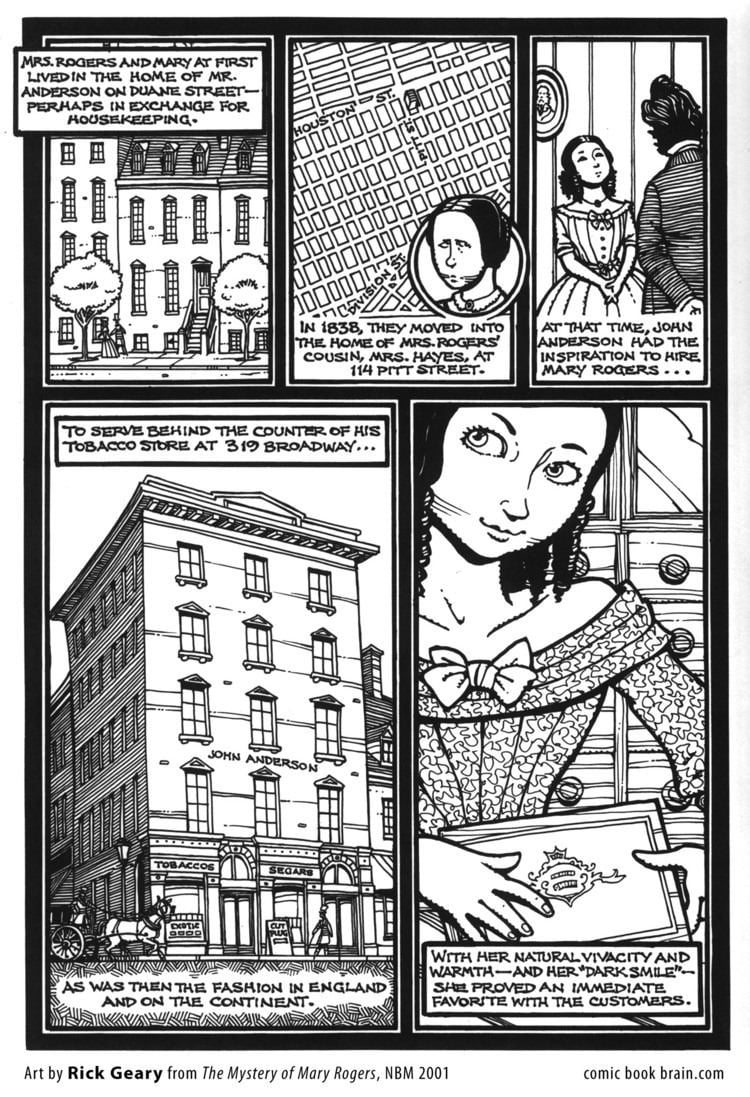
On July 25, 1841, Rogers told her fiancé Daniel Payne that she would be visiting her aunt and other family members. Three days later, on July 28, police found her corpse floating in the Hudson River in Hoboken, New Jersey. Referred to as the "Beautiful Cigar Girl", the mystery of her death was sensationalized by newspapers and received national attention. The details of the case suggested she was murdered, or dumped by abortionist Madame Restell after a failed procedure. Months later, the inquest still ongoing, her grief-stricken fiancé Daniel Payne committed suicide by overdosing on laudanum during a bout of heavy drinking. A remorseful note was found among the papers on his person where he died near Sybil's Cave on October 7, 1841, reading: "To the World – here I am on the very spot. May God forgive me for my misspent life."
The story, much publicized by the press, also emphasized the ineptitude and corruption of the city's watchmen system of law enforcement. At the time, New York City's population of 320,000 was served by an archaic force, consisting of one night watch, one hundred city marshals, thirty-one constables, and fifty-one police officers.
The popular theory was that Rogers was a victim of gang violence. In November 1842, Frederica Loss came forward and swore that Rogers' death was the result of a failed abortion attempt. Police refused to believe her story and the case remained unsolved. Interest in the story waned nine weeks later when the press began publicizing a different, unrelated murder case, that of John C. Colt's murder of Samuel Adams.
In fiction
Rogers' story was fictionalized most notably by Edgar Allan Poe as "The Mystery of Marie Rogêt" (1842). The action of the story was relocated to Paris and the victim's body found in the River Seine. Poe presented the story as a sequel to "The Murders in the Rue Morgue" (1841), commonly considered the first modern detective story, and included its main character C. Auguste Dupin. As Poe wrote in a letter: "under the pretense of showing how Dupin... unravelled the mystery of Marie's assassination, I, in fact, enter into a very rigorous analysis of the real tragedy in New York." In the story, Dupin suggests several possible solutions but never actually names the murderer.
